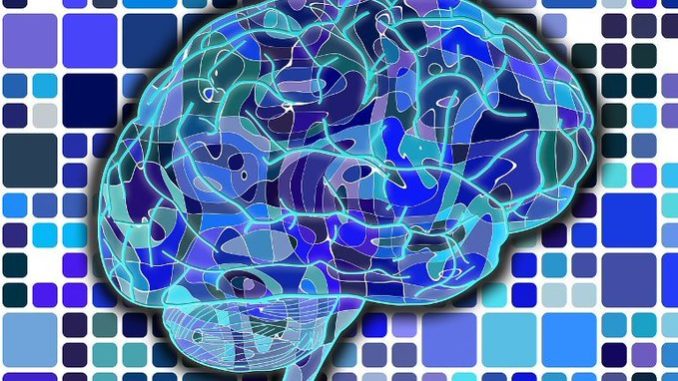
Summary: Children on the autism spectrum may not always process bodily movements correctly, especially if they are distracted by something else.
Source: Rochester University
Noticing and understanding what it means when a person leans into a conversation or takes a step back and crosses their arms is a vital part of human communication.
Researchers at the Del Monte Institute for Neuroscience at the University of Rochester have found that children with autism spectrum disorder may not always process body movements effectively, especially if they are distracted by something else.
“Being able to read and respond to someone’s body language is important in our daily interactions with others,” said Emily Knight, M.D., Ph.D., clinical and postdoctoral fellow in Pediatrics and Neuroscience, is the first author of the study recently published in Molecular Autism.
“Our findings suggest that when children with autism are distracted by something else, their brains process the movements of another person differently than their peers.”
Key differences in brain processes
Using electroencephalogram (EEG), researchers recorded the brain waves of children with and without autism as they watched videos of moving dots that were arranged to look like a person.
